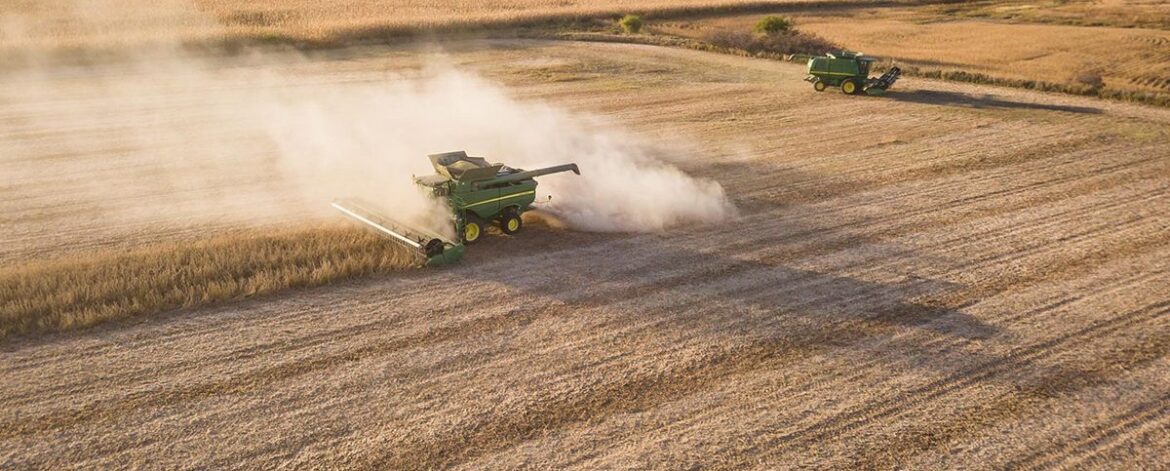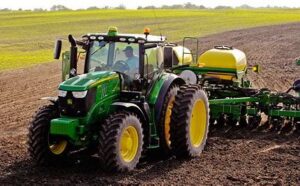The history of agricultural aviation in the U.S. dates back to 1921 when Lt. John A. Macready, a U.S. Army pilot, flew a modified Curtiss JN-6 “Super Jenny” to spray insecticide over catalpa trees in Troy, Ohio. This experiment marked the beginning of crop dusting, which later evolved into a sophisticated industry.
Early Developments:
– 1922: The U.S. government utilized aerial application in Southern states to control boll weevils in cotton fields near Tallulah, Louisiana.
– 1923: Huff-Daland Dusters, Inc., the precursor to Delta Air Lines, conducted the first commercial crop dusting with its specially built aircraft.
– 1924: Huff-Daland Dusters, Inc. became the first known aerial application business.
Evolution of Agricultural Aviation:
– 1930s: Stearman biplanes, initially used as military trainers, became popular for crop dusting due to their affordability and ease of modification.
– 1950s: Purpose-built agricultural aircraft emerged, such as the Ag-1, designed by Fred Weick, and the Piper PA-25 Pawnee.
– 1960s: Cessna and Grumman entered the agricultural aviation market with models like the Ag Wagon and Ag-Cat.
Modern Advancements:
– GPS and Precision Agriculture: Global Positioning Systems (GPS) and Geographic Information Systems (GIS) enable precise application of products, reducing drift and environmental impact.
– Turbine Engines: Increased power and efficiency have improved agricultural aviation operations.
– Night Vision Goggles: Enable nighttime applications, protecting bees and field workers.
– Drones: Being explored for aerial application in smaller farms and precision agriculture ¹ ².



